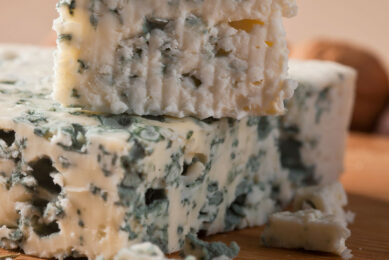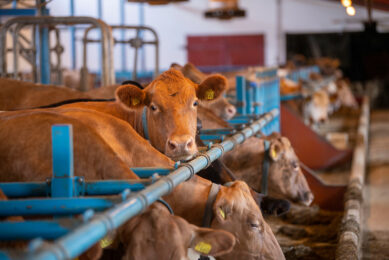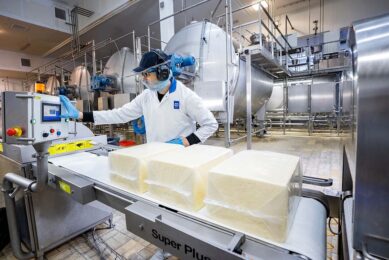Protein sources in concentrate feed impact cheese properties

Cheese is an age-old staple, loved for its richness, creaminess, and flavour, and it provides protein, fats, and minerals. Cheese properties and yield are highly important for both consumer and cheesemaker. One of the factors affecting cheese properties and yield is milk composition, which is influenced by adjusting protein content of feed, mainly soybean meal. Due to sustainability issues, the feed industry, however, needs to develop novel non-food protein sources.
A team of Norwegian researchers evaluated the effects of adding protein from soybean meal and yeast to dairy cows’ rations on the traits and yield of cheese.
Data collection
The team selected 48 early to mid-lactation dairy cows for this feeding experiment that lasted 10 weeks. The cows were fed a ration consisting of grass silage and barley-based concentrate with different sources of additional protein. During the experiment, the cows in each group were given either barley-based concentrate without additional protein, barley-based concentrate with additional protein from soybean meal, or barley-based concentrate with additional protein from yeast.
Individual milk samples from each group were collected in weeks 2, 4, 6, 7, and 10. Then, Gouda-type cheeses were made and cheese milk from the specific cows of each group was collected in a separate milk tank over 2 days. Both the individual milk samples and the fat-standardised cheese milk were analysed for gross composition including fat, protein, lactose, pH, minerals, and Somatic Cell Count.
During cheesemaking, rennet was added to the milk without any adjustment for casein concentration as is normal practice in Norway. Rennet coagulation properties including rennet clotting time and firmness after 30 minutes were analysed in the individual milk samples. Curd firmness and time to cut were evaluated and the amount of cheese milk and the weight of cheese after brining was measured. Predicted cheese yield was calculated using the fat and casein content.
Individual milk samples
The concentrate feed did not affect the gross composition of the milk or its somatic cell count, but milk protein content increased toward the end of the experiment. Feeding additional protein from yeast increased the content of phosphorus and feeding barley-based concentrate without additional protein increased the selenium and iodine content of the milk. Feeding soybean meal decreased rennet clotting time and feeding barley-based concentrate without additional protein decreased the cheese firmness while feeding additional protein from yeast increased it.
Cheese milk and cheesemaking
The protein content of feed did not impact the gross composition or the pH of cheese milk samples. However, feeding additional protein from yeast and soybean meal increased the content of casein in cheese vats. Higher casein content is correlated with better coagulation properties, and it is more important than total protein content.
Feeding barley-based concentrate without additional protein decreased the concentration of phosphorus and sodium and increased the concentration of iodine in cheese milk. In addition, feeding barley-based concentrate without additional protein increased the renneting time. Feeding additional protein from yeast and soybean meals increased the predicted cheese yield from cheese vats. Furthermore, feeding soybean meal increased the yield efficiency of cheesemaking.
Conclusion
This study showed that changing the protein content or protein source in dairy cow feed changes the gross composition of milk, but this has no negative impact on cheesemaking properties. Feeding additional protein from yeast gave a higher probability that the individual milk samples attained good coagulation properties in the cheese vat. However, further study is required to evaluate different protein sources and protein levels in other types of silage, such as maize silage in relation to the cheesemaking efficiency and cheese quality.
Join 13,000+ subscribers
Subscribe to our newsletter to stay updated about all the need-to-know content in the dairy sector, two times a week.










